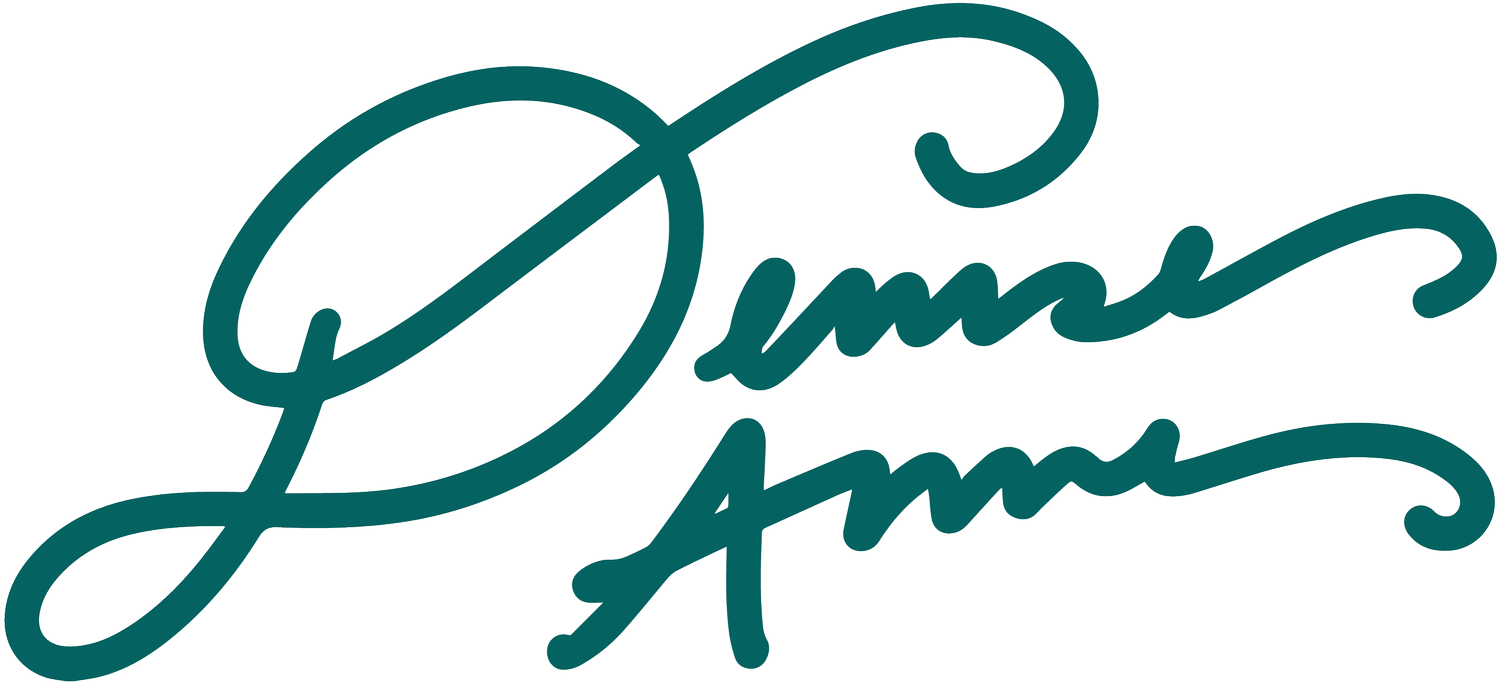Elevate Your Floral Art: Spot The Details With These Expert Tips
Plants are fun to draw when you know what to look for and how to take inspiration from the natural world around you and turn it into artwork you love.
When drawing flowers and plants, there are certain things to look for before sketching or illustrating them for a project.
Expert tips on how to spot the details in plants to grow your plant illustration skills
Questions to ask yourself when evaluating a plant for a drawing:
1. What is the most prominent detail of this plant?
I think about this first because I want to capture this in my illustration.
2. What other details do I want to include?
I look at the plant's leaves and stem and decide what details to include, or if I will include them. Are the leaves opposite or alternating along the stem? Are there any interesting details on the stem, like a highlight to add? Am I going to include the leaf veining?
3. How will I incorporate movement into how I draw this plant?
Movement is essential in giving your artwork life. I usually include a bend in stems to do this or orient the leaves in interesting ways to provide a sense of movement.
4. What other orientations do I want to draw this in, and do I want it to be a bud version, front view, or side view?
Having other orientations of the plants makes putting together floral designs easier. A budded version of the plant can look very different. It can create a sense of liveliness in your floral designs because you are showing stages of growth and change of the plants.
ART VS. INSPIRATION EXAMPLES
Procreate floral drawing on the left versus inspiration photo of a Pincushion flower on the right.
Procreate greenery plant drawing on the left versus inspiration photo of seeded eucalyptus plant on the right.
Procreate floral drawing on the left versus inspiration photo of a Veronica flower on the right.
Tips For Finding Inspiration For Drawing Plants
I have a massive collection of photographed plants that I use for inspiration. Still, if I don't have a particular plant, I will go to a florist shop and see if I can find it there. Or a botanical garden or even the garden stores.
If I can't find it locally, I will use multiple online resources and searches to get an overall understanding of what the plant actually looks like.
Some artists don't use reference images because they don't work that way (and that is okay—it may work for you, too). Or their style is such that they focus on simple details only, just saw what they were drawing, or are not telling you they use them.
I prefer the research method instead because even though art doesn't have to look exactly like the real thing, I want the real world to inspire what I create.
I have been obsessed with drawing plants for a long time now, so I have a lot to say on the subject of plant art!
Learn More About Creating Illustrated Floral Designs in Procreate
To learn more about the art of designing nature-inspired artwork in Procreate, check out one of my seasonal workshops or classes here!




